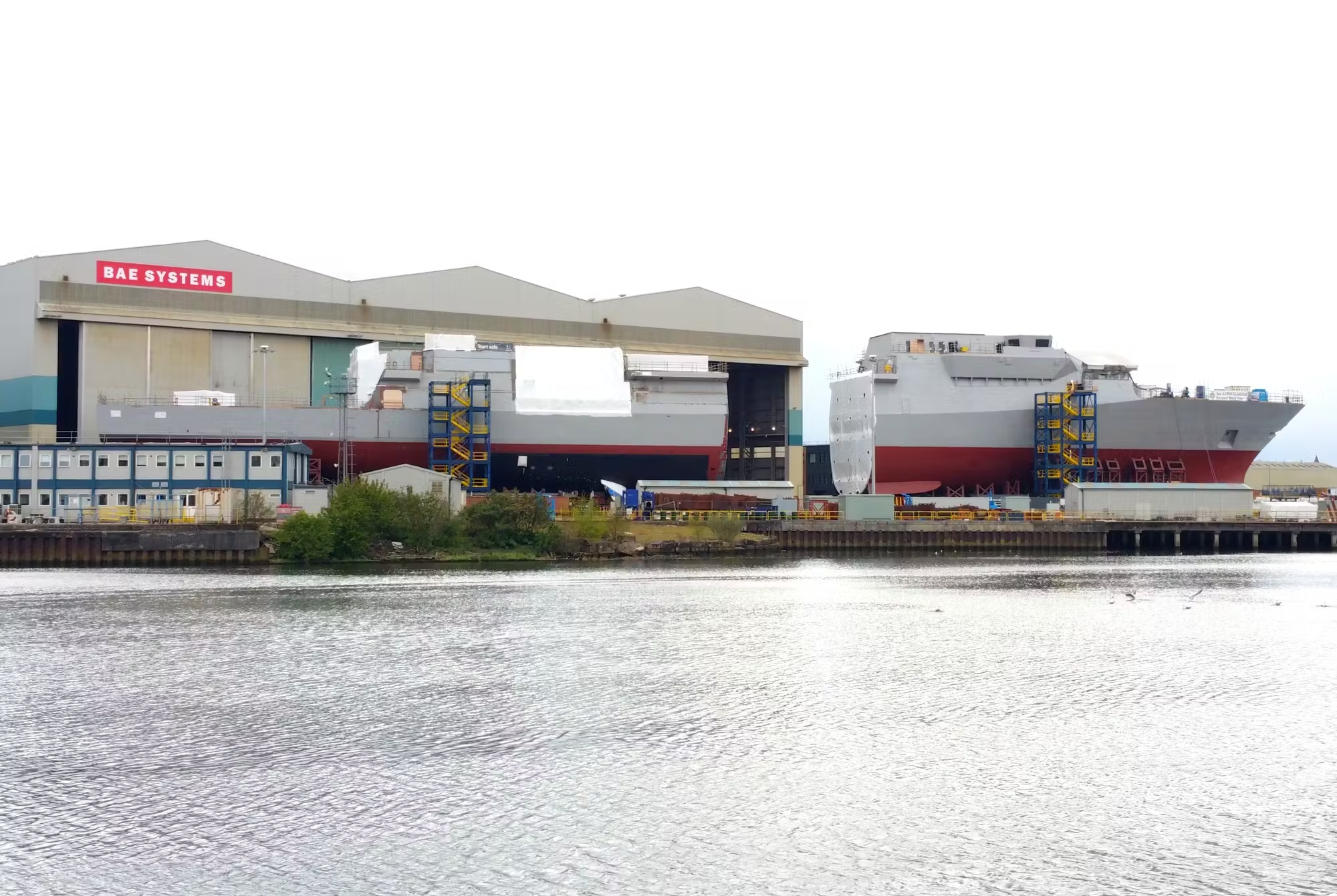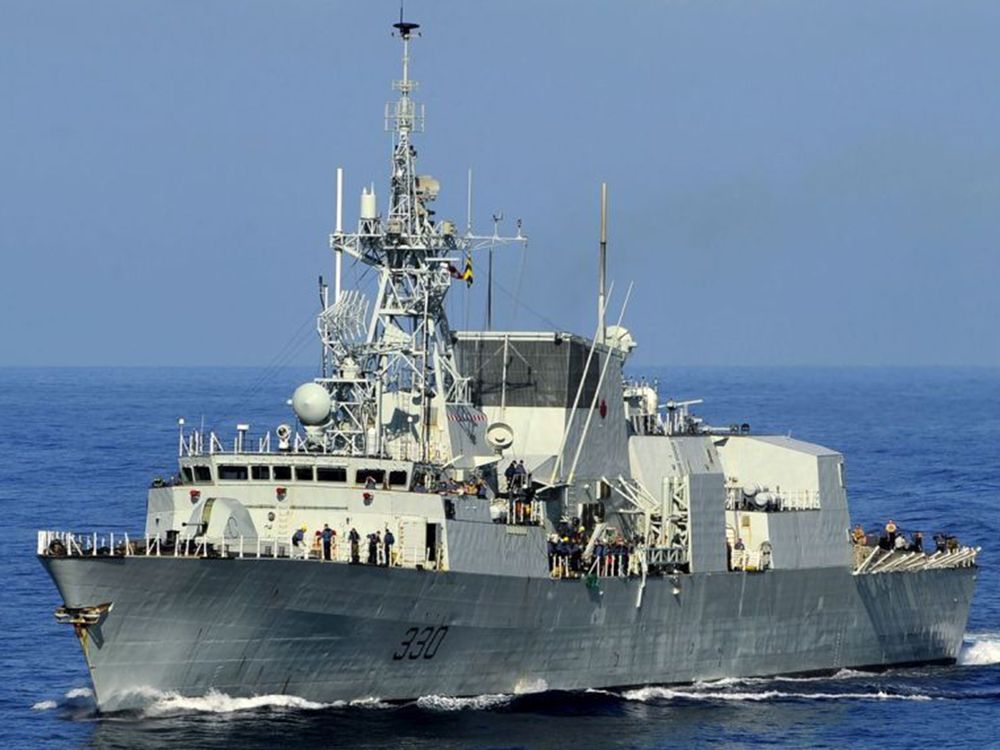Not really sure, but tried to answer some items below.
Question in regards to what you mentioned about not having the proper budget to maintain the ships properly, or fix what needs to be fixed.
Is this a matter of DND not receiving enough funding? Or somehow not able to use money to accomplish this? I ask because for a long time (I'm not sure if still the case) DND was returning around $1B to $2B annually to the government, that DND was unable to spend.
Different types of fundig (NP/Capitol/SWE) plus a general lack of people available to replace everyone that retired under the last sweep, and is currently retiring. People with 20 years experience are being replaced with people with a few years of experience, so also takes longer to work through things as people are learning.
For the FMFs, they could keep up with just PM, but normally a 5 hour PM routine turns into a 50 hour corrective maintenance. Also the fleet sched sends out a bunch of ships for a TG exercise, then schedules everyone for the same time for work periods, so it's a feast/famine. Top that off by the ship staff not being fully crewed, and pulled in other directions as well, the lack of 1st line PM leads to increased 2nd/3rd line CM, and the ships are 30 years old. Not a simple answer, but it's a bit of a bow wave of issues that have aggregated to make the personnel shortage more critical
Was crew compliment a large consideration when deciding what ships will replace the CPF?
As much as I obviously support a well funded military, DND and TB need to simplify and smooth things out...how can we ask for more money, when we aren't able to spend the money we have? And basic things like maintaining a ship at a basic level isn't being done because of self-created obstacles?
Crews keep getting smaller with increased automation, but you reach a point where you still need a sailor to do something. Damage control while fighting the battle is pretty labour intensive, as experience shows that you might need to keep doing it with normal systems down. But all that automation also needs maintenance, so it's a bit of a balancing act. Our sailors all wear a lot of hats, so that helps but at the end of the day we can only reduce the crew down so much and still be effective.
Looking at some options for that from the commercial side, but it's pretty slow. Probably will trial them on the frigates and if they work, fit them onto later flights of the CSC, but yeah.
And with the FELEX program, I know a lot of the PR stuff was on systems enhancement & 'mid life upgrades'. That honestly didn't include walking around the ship, inspecting some pipes or joints that are prone to maintenance, and at least patching some things up to 'spruce up the ship'? (I've realized here in my adult life that I don't know very much, about very much. So what seems simple to me, is inevitable more complicated once someone explains it who actually has experience with the subject matter. Maintaining piping on warships is probably a lot more complicated than just putting a ring-thing on it & it's done.)
I would think that lowering the crew requirement per ship would be one of the foundational factors into the decision being made, as that alone would ease a lot of stress off of the Navy?
Pre-CPFs, we used to do baseline refits, which included full replacement of piping (ie a third of a big system each DWP). We went to 'conditional based maintenance', which is supposed to be less expensive because you don't replace items with life left, but didn't do the kind of extensive pipe surveys necessary to support that at MLR. The 280s had those baseline refits up until TRUMP, so they actually had newer firemains at retirement then most CPFs have now.
Replacing sea water, blackwater, freshwater piping etc isn't sexy, and isn't capitol money so didn't get a lot of attention. It is now, but it's such an extensive, expensive issue at this point that we have to triage. That stuff got cut to have more whizbangs. Also most valves etc are obsolete, so there is also a massive load on the LCMMs to replace them (ps; we're short of LCMMs, and a lot of experienced ones retired within the last 5 years). Get that there isn't much point of a warship with obsolete gear in a shooting match, but also no point of having high tech gear that can't leave the wall because the ship is barely running.
Like any 1000 lb marshmallow, we can only tackle it one bite at a time. If the RCN had taken some kind of operational pause during COVID that would have helped (for both the sailors and the maintenance) but they are pressing on regardless.
Lot of people are working on it, and it's a bit of a disaster, but if we can get through this without anyone getting killed or maimed I'd consider it a win. There are a lot of former sailors working on it as civilians going way above and beyond because they don't want anyone getting, so optimistic, but would be easier if the RCN was actually honestly assessing the actual material state of the ships before sending them to sea, instead of talking it until it's yellow, and pretending we've actually implemented any of the on-paper mitigations in the risk assessments.







